#paul jacoulet
Explore tagged Tumblr posts
Text

Paul Jacoulet (1896-1960)
1934
65 notes
·
View notes
Text

Le Pacifique mysterieux, Mers du Sud (The Mysterious Pacific, South Seas), Paul Jacoulet, 1951
Woodcut in colours heightened with silver paint on handmade paper 18 ¾ x 14 ⅜ in. (47.6 x 36.5 cm)
#art#paul jacoulet#1950s#20th century art#20th century#print#works on paper#woodcut#french#modern art#lgbtqia artists#queer artists#mermaid
56 notes
·
View notes
Text
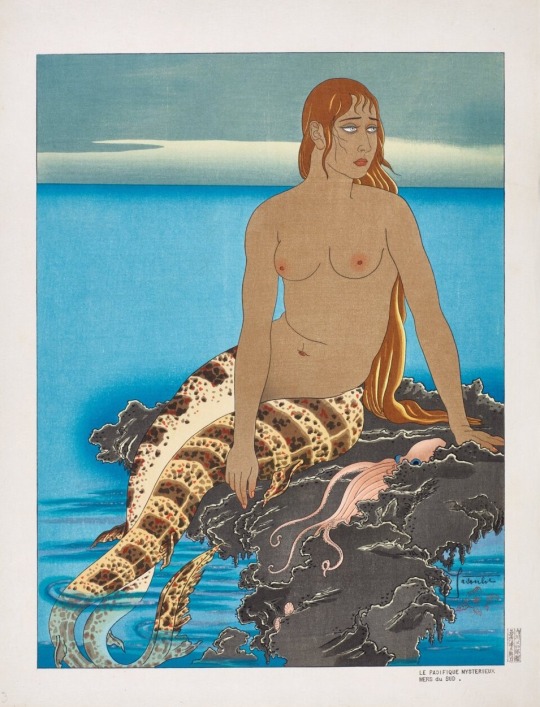
Paul Jacoulet
Le Pacifique Mysterieux. Mers du Sud. ca. 1951
27 notes
·
View notes
Text

Paul Jacoulet, Fumées de Santal (Sandalwood Incense), 1948, woodblock print (Private Collection)
7 notes
·
View notes
Text

Paul Jacoulet woodblock prints
Le Lotus Noir. Chine. 1959
source: internationalemeteorologie
20 notes
·
View notes
Text

Paul Jacoulet
Le Pacifique Mysterieux. Mers Du Sud (The Mysterious Pacific)
Showa period (1926-1989)
#paul jacoulet#woodcut#woodblock print#block printing#mermaid#sea view#sea life#asian art aesthetic#japanese aesthetic#portraits#tumblr art#tumblrstyle#tumblrpic#tumblrpictures#tumblraesthetic#aesthetictumblr#tumblrlove#love#beauty#beautiful mermaid
15 notes
·
View notes
Text
Paul Jacoulet
0 notes
Photo
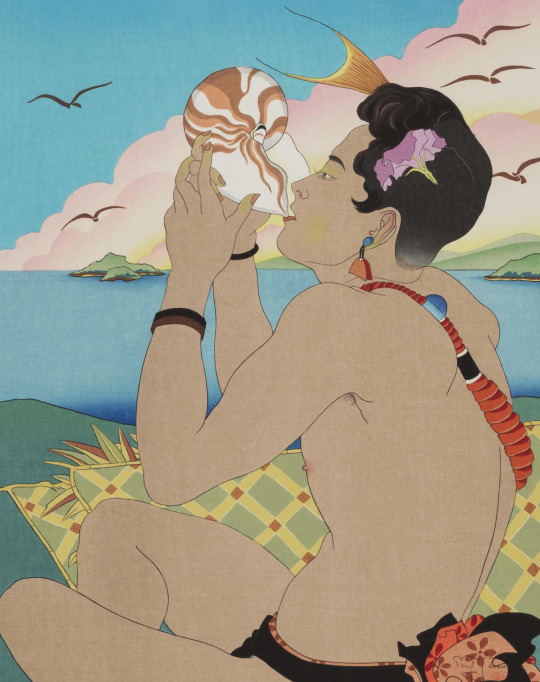
In the early Showa period [1926-1940], Paul Jacoulet created new prints full of vivid colors of people living on the islands of the South Seas and in Asia. The exhibition "Paul Jacoulet: New Prints Challenged by Frenchmen" will be held from June 3 to July 26 at the Ota Memorial Museum of Art in Harajuku, Tokyo. The image is "Nautilus, Yap Island" (bereaved family storehouse).
150 notes
·
View notes
Text

Paul Jacoulet (1896-1960)
1935
50 notes
·
View notes
Text
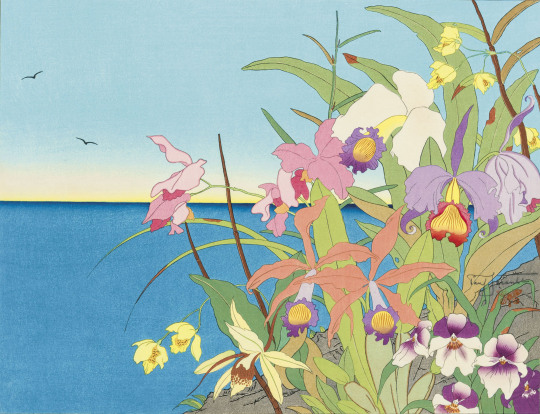
Fleurs des Iles Lointaines, Mers de Sud (Distant Islands Flowers, South Seas), Paul Jacoulet, 20th century
Woodcut on handmade paper 14 ⅛ x 18 ¾ in. (35.9 x 47.6 cm)
#art#paul jacoulet#modern art#20th century#woodcut#works on paper#print#french#lgbtqia artists#queer artists#flowers
46 notes
·
View notes
Text

Paul Jacoulet - Fleurs des Îles Lointaines, Mers du Sud, 1940
27 notes
·
View notes
Photo

"Danses d'Okesa. Sado" by Paul Jacoulet (France, died in 1960), a painter fascinated by Japanese culture. He came to Japan with his father and studied under Terukata Ikeda.
131 notes
·
View notes
Text

Paul Jacoulet. 1896-1960.
26 notes
·
View notes
Text



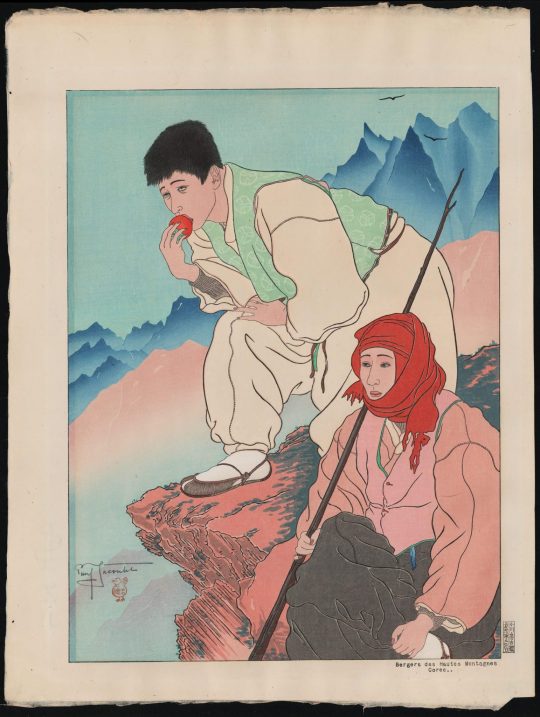
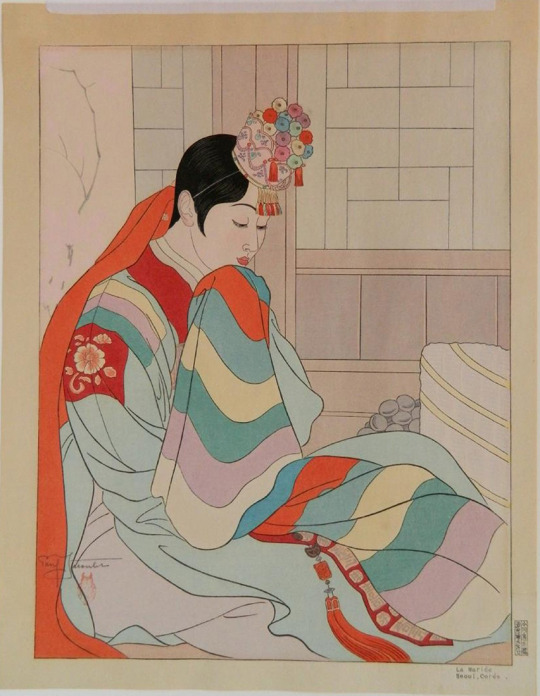
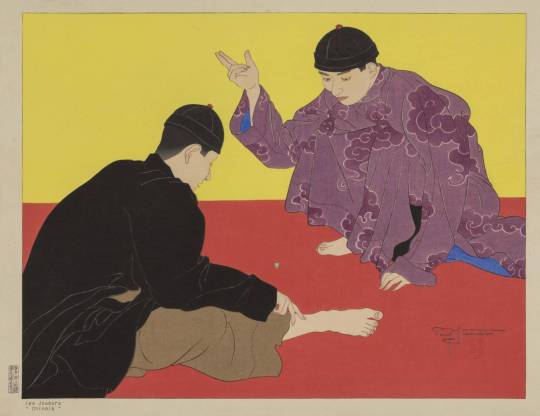
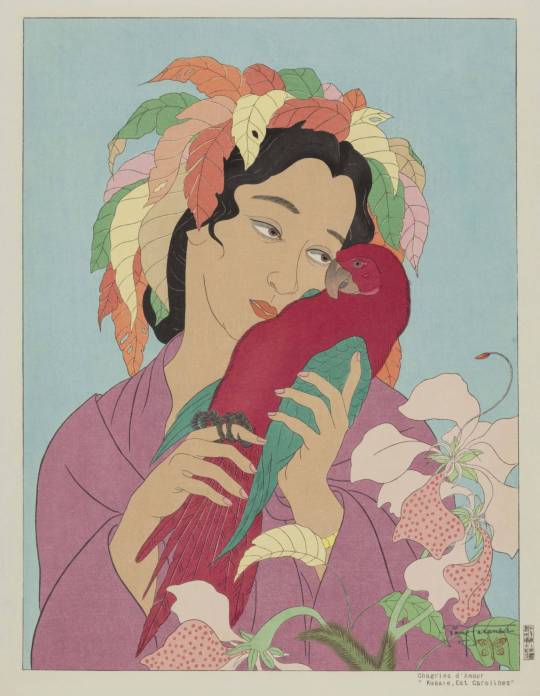
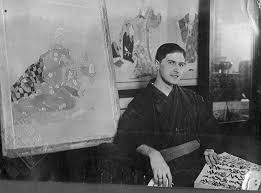
Paul Jacoulet (1896–1960) was a French, Japan-based woodblock print artist known for a style that mixed the traditional ukiyo-e style and techniques developed by the artist himself.
Jacoulet was born in Paris in 1896 and lived in Japan for most of his life. During World War II, he moved to Karuizawa, where he survived in the countryside by growing vegetables and raising poultry. During the occupation, at the request of General Douglas MacArthur, he was recruited by Commandant Charles McDowell to work at the Tokyo Army College. MacArthur would join Greta Garbo, Pope Pius XII and Queen Elizabeth II, as a prominent collector of Jacoulet's work.
Many prints are very rare because all Jacoulet’s pre-World War II work that had not already been taken out of the country by collectors was destroyed by fire. Jacoulet was a true renaissance man –French but born and raised in Japan, expert in Kabuki, proficient on traditional Japanese musical instruments, a good calligrapher, conversant in several languages, and a recognized butterfly collector. Growing up in Tokyo he was the next door neighbor of ukiyo-e authority Yone Noguchi; he was taught English by Noguchi's American wife, Leonie Gilmour, and befriended their son, the young Isamu Noguchi. Jacoulet’s father was an ambassador so Paul was widely traveled and was doted upon by his mother. She supported his artistic endeavors all her life. She believed that if French Polynesia was good for Paul Gauguin, then Jacoulet must go there too. She sent him away many winters from Japan to various islands in Micronesia, Indonesia, and the Philippines. Although his most valued works are from this part of the world, he also has a substantial number of prints with subjects from China, Korea, all areas of Japan, and Mongolia. Just one print depicts an American.
Jacoulet's works are also interesting to anthropologists. First because his subject matter was indigenous people in their traditional dress. In 1939 traditional people were the norm in his travels. Today his work is often used as a basis for reconstructing, for example, what Ainu traditional dress looked like by the Ainu themselves in their quest to reconnect with their cultural roots. Second, some of the subjects who posed for Jacoulet are still alive and they are currently being interviewed by a professor in Guam (Donald Rubinstein) to learn more about his artistic process.
https://www.advocate.com/.../artist-spotlight-paul-jacoulet
15 notes
·
View notes










